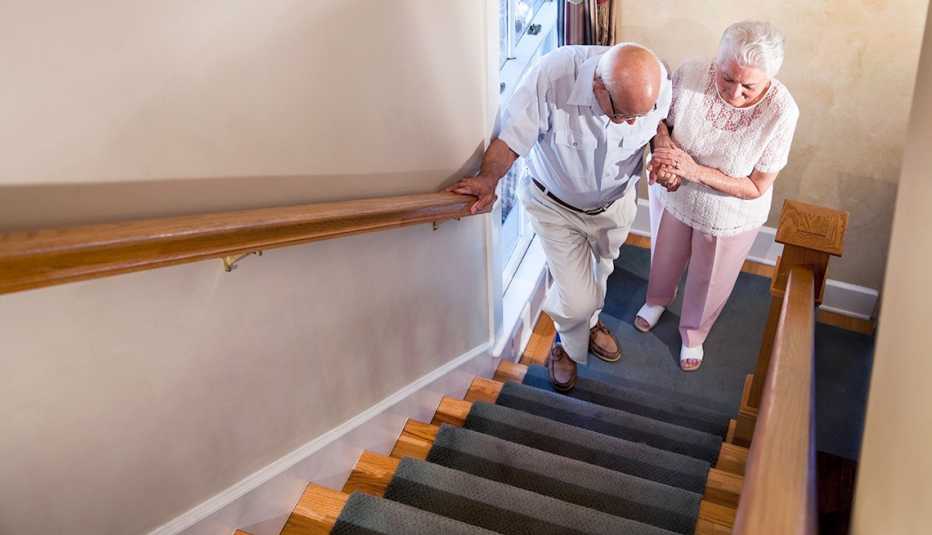Staying Fit
11 Questions to Ask Your Doctor
If you or your loved one is new to home care, don’t hesitate to ask your doctor or other care providers what to expect. Here are 11 questions, suggested by physicians and other experts.
- Who is in charge of my home care?
- Who will be coming to my home?
- How much time will they spend here?
- How often will they come back?
- What training have they received?
- How much will this cost, and who will pay?
- What training do my family and I need?
- What equipment will I need?
- Can I trust small-sized portable equipment?
- What if the power goes out?
- What have other patients experienced?
A revolution is sweeping the world of health care, fast-tracking the ability of older adults to receive medical care in their own homes rather than in hospitals and long-term care facilities. The advances can be a timesaver for family caregivers by reducing the number of trips they make to the doctor with a loved one. The advances can also dramatically improve the quality of life for the care recipient.


AARP Membership— $12 for your first year when you sign up for Automatic Renewal
Get instant access to members-only products and hundreds of discounts, a free second membership, and a subscription to AARP the Magazine.
Even so, many patients are encountering hurdles along the way, from spotty Medicare coverage to limited access to home care outside of big cities.
Spurred on by the COVID-19 pandemic, medical providers are quickly expanding the telemedicine and at-home services they offer to better care for their patients. Some large medical groups have embraced futuristic technology to treat their patients from afar.
Imagine this: A doctor at a Washington, D.C., hospital orders an ultrasound for a patient’s leg and an echocardiogram for the patient’s heart. Both procedures will be done, but not at the hospital. Instead, they’ll happen at the patient’s home.
Or this: A Mayo Clinic doctor finds that a homebound patient urgently needs an antibiotic infusion. The doctor alerts a local pharmacist. Then a health team, aided by software, arranges for the drug and equipment to be delivered to the patient’s home, where a nurse gives the infusion. Time, from start to finish: less than 30 minutes.
Yet such advances are not available for many older adults on Medicare. In fact, only 10 percent of an estimated 2 million homebound Medicare recipients nationally have access to home-based practices, said Eric De Jonge, M.D., director of geriatrics at MedStar Washington Medical Center in Washington, D.C. Another challenge: Most of the hospitals and clinics leading the way are based in large metropolitan areas.
In response, the American Academy of Home Care Medicine has asked federal officials to provide enough money to cover the costs of care groups treating the sickest and most disabled older adults at home.
Booming business
New providers are entering the home care marketplace, including Amazon and Best Buy. CVS Health is reaching out to older adults with home infusion services and an in-home dialysis project.
The Mayo Clinic already has affiliations nationwide. Now it has teamed up with Oakland, California–based Kaiser Permanente and Medically Home Group of Boston to accelerate its in-home medicine for older adults.
This collaboration can currently perform chest X-rays, abdominal X-rays, bone X-rays and ultrasounds at home, said Michael Maniaci, M.D., a physician leader for the Advanced Care at Home program at Mayo.
And technology is advancing fast.
Bone marrow transplant patients normally recuperate in a hospital for 14 to 21 days. Now they can recover at home, Maniaci said, “and one day, we hope to have bone marrow transplants and chemotherapy done in the home.”
But a looming shortage of workers could slow the growth of home care, cautioned Kristofer Smith, M.D., chief clinical officer at Prospero, a senior-focused care company based in Boston.
“The next five years, I think you’ll see an explosion of interest in this field,” Smith said. “The workforce will be an increasing bottleneck.”




































































